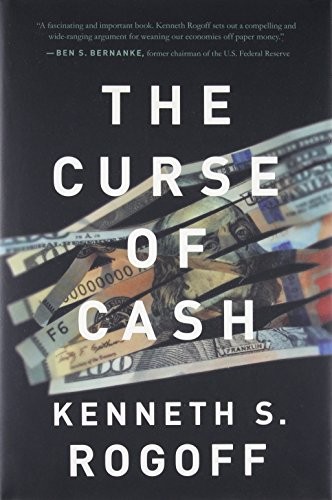- Rating
- Category
- non-fiction
- Read
- 2016-11-05
- Pages
- 283
If you can accept the idea that a central bank should manage currency, this is a very well written book with a nuanced argument that seems pretty reasonable. Basically phase out the big notes, keep the small ones, while fairly addressing any potential objection you care to come up with. Many 1 star reviews (mostly on Amazon) likely written by people who didn’t read it.
“Almost 80% of the US currency supply is in $100 bills.” “showing that 1 in 20 adults carries around a $100 bill is not quite the same as explaining why everyone isn’t carrying around at least 34 of them”
“SOCA’s research, involving multiple law enforcement agencies, showed that more than 90% of UK demand for the 500-euro note came from criminals.”
“Despite the challenges to central bank independence, the status quo, where central banks make vast extra profits by providing a key financing instrument for the underground and criminal activity worldwide, is hard to defend.”
“In theory, negative rate policy works pretty much the same way interest rate cuts work when rates are at positive levels. With a lower cost of borrowing, firms will invest more and consumers will spend more, particularly on consumer durables, such as refrigerators and autos. Lower interest rates also push up the price of assets from housing to stocks to fine art, making people feel wealthier and more inclined to spend.” <- this is the scariest paragraph in the book, in that it so eloquently describes the necessity of consumerism to modern economies. His book takes it as a premise that this needs to be so, regardless of whether you think it should be that way or not.
